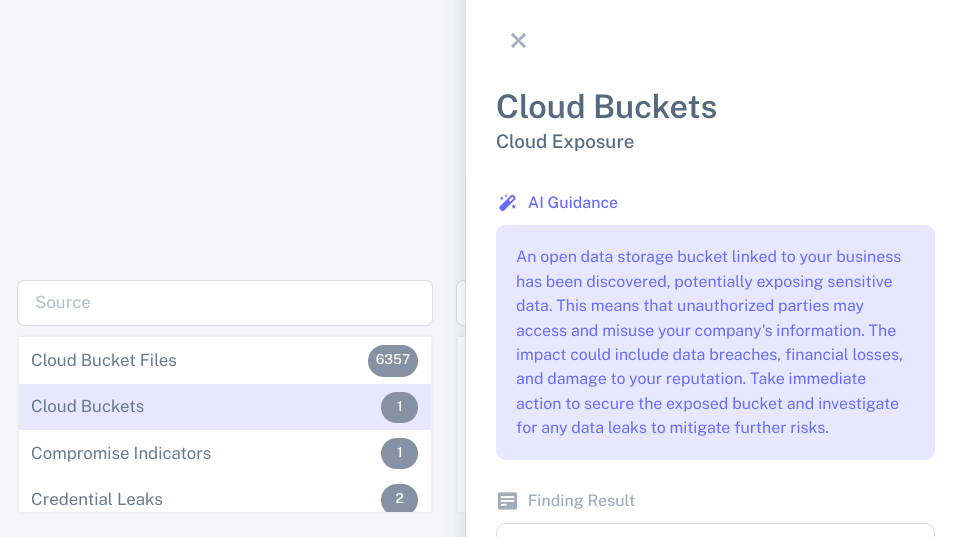Start monitoring today.
Begin monitoring threat intelligence to act before attackers do.
Get Started
2024-11-01 Information Requirements Situational Awareness
Look-alike domains are a form of cyber-deception also known as "typo-squatting" or "domain spoofing." When using this tactic, an attacker registers one or more similar domains that resemble those used by genuine websites. Some of these domains play on common typographical errors or slight variations to fool users.
To illustrate, an attacker could register goggle.com or amaz0n.com—familiar and trustworthy names, like Google and Amazon. The trick is in taking advantage of strategic substitutions. Some use it to substitute letters (e.g., mircosoft instead of microsoft) or add or remove characters (e.g., faceboook); some even switch the top-level domain itself (e.g., .net instead of .com). Such changes go unnoticed by users, making them perfect for malicious intentions.
Scammers use look alike domains in phishing attempts, targeting individuals to reveal confidential data such as access codes, financial information, or personal details. These bad actors enhance the chances of fooling victims by mimicking the look and feel of authentic websites emulating well-known services such as e-commerce sites or financial portals. This exposes users to the potential threat of economic detriment through deceptive transactions or loss of their confidential data.
Threat actors employ websites that mimic genuine ones as a conduit to propagate harmful software. This can pave the way for security breaches involving data theft. Malware can include forms of spyware, which monitors and records user activities that are sent to a remote site, to ransomware that locks users out of their systems. For example, there were instances of domains with names that mirrored popular COVID-19 tracking websites but, in fact, distributed malware.
Look-alike domains can be used to collect user login details. Cyber criminals construct sign-in pages that resemble authentic ones, duping individuals into divulging their usernames and passwords. The stolen data could subsequently be used for unauthorized entry into accounts. This exposes organizations to potential incidents like data leaks, resulting in repercussions that can include financial fines, legal responsibilities, and harm to client relations.
Companies dedicate substantial resources to build and maintain their brand image. Look-alike domains allow people to mimic established brands, undermining the confidence of employees and consumers alike. If customers become targets of phishing or other deceptive practices, they may link their unpleasant experiences to the authentic brand, thereby eroding trust and loyalty.
To counter the threat of look-alike domains, organizations require a combination of technology solutions and best practices. Regular training for employees on look-alike domains is essential in thwarting phishing attempts. It's also crucial for organizations to monitor domain permutations to find look-alike domains that bear a resemblance to theirs. Companies such as ThreatHarvest offer assistance by monitoring and alerting organizations about domains that could potentially be harmful, thus enabling them the chance to initiate appropriate protective steps. ThreatHarvest monitors domains using fuzzing techniques that assist in detecting instances of typosquatting, phishing, fraud, and brand impersonation.
Begin monitoring threat intelligence to act before attackers do.
Get Started